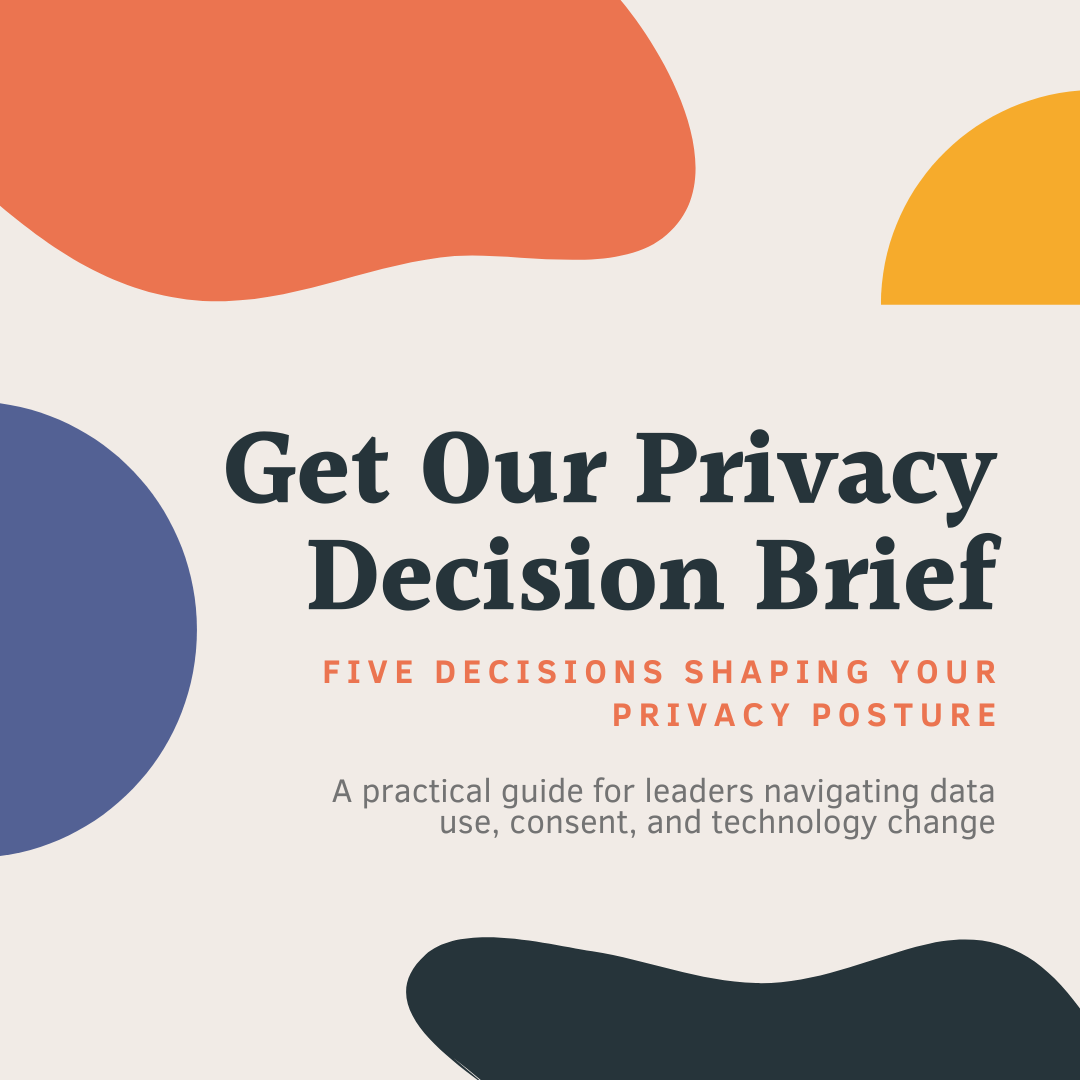How to Think about Paid Search ROAS
Jul 21, 2023Paid search is everyone's favorite digital advertising channel. I, too, am a huge fan of paid search, having started my career focused on this channel. It's easy to think of it as so ROI positive that it's impossible to dislike.
But framing paid search as an only ROI-positive vehicle would be a mistake. Here's what to think about when you're allocating your digital advertising budgets, especially during your highest-return periods of the year.
Paid search is both a push and a pull channel -- and you must think about ROI accordingly
Paid search is seen as low in the marketing funnel. Your mind traditionally goes straight to envisioning it: That amazing audience prospect who is properly brand-aware and ready to convert, going to Google and looking for your organization by name. They see your ad, click through, and you've made back your investment on that ad.
And it's true that this is what makes paid search a fantastic channel. You're able to directly bid for space in the search auction, showcase exactly what you want audiences to see when they search for terms related to you, and drive them to a landing page that's hopefully been tested and is ripe for easy conversion.
However, it's important to realize that the experience illustrated is paid search working as a pull channel -- or, one that relies upon awareness for your brand already having been built.
When you're bidding on terms that aren't directly naming your brand -- think phrases like: nonprofit donation, women's clothing, great christmas gifts -- you're using paid search as a push channel. You're pushing your brand on an audience who doesn't already know you. In this way, your return will likely be low if you're measuring it in the same way as you would in using paid search as a pull channel -- as in assuming that your return on investment for those terms will come directly as a result of people clicking on your ad and giving on a dedicated landing page in the same session.
Be mindful of how much you can really put into paid search and still see immediate return
When it comes to thinking about your digital advertising investment and how best to diversify it, my philosophy is that you should fund paid search branded terms (again, terms that directly name your brand) to fullest extent possible first and foremost.
This means making sure that you are never reaching your maximum daily spend for these terms so that you're always present when a brand-aware person is looking for you.
What's important to note here is that this audience is finite. Your ability to create more of this audience relies on outside tactics -- everything from your media and PR strategy, to your social media presence, to your content on your website, to your upper-funnel advertising investments.
Non-brand search is as ROI-positive as any other upper-funnel tactic
I commonly see organizations step into the same trap -- assuming that if they keep allocating more budget to paid search, they'll keep seeing great returns.
And again, this can be true, but only in so far as realizing how much of your budget is going to branded terms versus non-branded terms.
When you're investing in non-branded terms, you should assume those terms will be about as ROI-positive on their own as channels like display or native advertising -- as in, not immediately ROI-positive and rarely ROI-positive when held in single-channel evaluation
When you're building your forecasts, think of paid search as two buckets: 1) branded search, for which you can plan for a high ROI; and 2) non-branded search, for which you should assume a lower ROI. Investing in non-branded search is good! And you need to be aware that you're investing in it for the purposes of fueling eventual branded search -- not for the purposes of seeing an immediate click-to-conversion.
Don't fall prey to the temptation to make your budget calculator work by overforecasting how much you can spend in search and still see that positive ROAS. If you're running a mature program and planning for aggressive jumps in spend for paid search, you're likely not going to be able to hit those spends in branded search alone -- so you'll be left reallocating your excess budget to non-branded search and/or other channels, which will change your ROAS forecast, or you'll be left simply underspending and underdelivering on revenue if you decide a high ROI is your biggest priority.
To be clear, I don't advocate for your digital advertising investment to ever be far above a 1:1 ROI. As I've shared previously, a properly diversified portfolio will be filling both the top and bottom of the funnel, and a high ROI represents missed opportunity. But the complexity of paid search often goes misunderstood in terms of what money is actually going where.
--
When you're ready, here's how I can help you with your investment diversification strategy:
>> Book 1:1 help to formulate your action plan or discuss a strategic objective.
>> Contact me about ongoing support with financial projections, board relationships, blended investment planning, and more.
